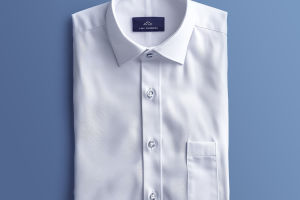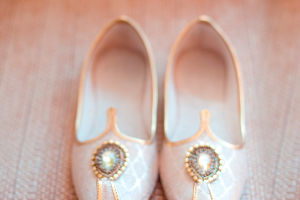Hey Lykkers! A paintbrush is arguably the most crucial tool for any painter.
Whether working with oils, acrylics, or watercolors, choosing the right paintbrush can transform your artwork.
The brush is not merely a tool but an extension of your hand, allowing you to express your creativity. But what makes a paintbrush so essential, and how do you pick the right one for your needs?
Understanding the Different Types of Paintbrushes
Every painter knows that different brushes serve different purposes. The variety of brush types allows artists to experiment with various techniques and achieve a wide range of textures and effects. Let’s break down the most common brush types used by artists:
Round Brushes: These are typically used for fine detail work, lines, and intricate designs. Their pointed tip allows for controlled strokes, perfect for smaller areas or adding delicate touches.
Flat Brushes: Flat brushes are known for their sharp edges, ideal for bold strokes, filling in large areas, and creating defined lines. They’re also excellent for blending and smoothing edges.
Filbert Brushes: The filbert brush combines the best features of both the round and flat brushes. Its oval shape allows for smooth, rounded strokes and can be used for everything from detail work to larger coverage areas.
Angle Brushes: These brushes have slanted bristles, making them perfect for precise edges, fine lines, and even geometric shapes. They are frequently used in detail work or painting corners and curves.
Choosing the Right Paintbrush for Your Medium
Not all paintbrushes are created equal, and each type of paint calls for specific brushes.
For Oil Painting: Oil paints are thick, and you need brushes that can handle this heavy texture. Natural bristle brushes, like sable hair, are preferred due to their ability to hold large amounts of paint and their stiff texture, which helps apply thick layers. A flat or filbert brush would work great for building texture, while round brushes excel at details.
For Acrylics: Acrylic paints dry quickly, so a synthetic brush is often the best choice. Synthetic brushes tend to be firmer than natural hair, making them more suitable for fast-paced acrylic painting. Look for stiff bristles in round, flat, or angled shapes to get sharp, clean strokes and great coverage.
For Watercolors: Watercolor painting requires brushes that are soft and absorbent. Natural hair brushes, particularly those made from sable or squirrel hair, are the best choice for watercolors. These brushes can hold a lot of water, helping artists achieve smooth washes and gradients. Round brushes are the most popular for watercolors, especially when working on fine details and flowing strokes.
How Brush Bristles Affect Your Painting
Bristles are a crucial factor in your painting technique. While synthetic bristles are more affordable and hold their shape well, natural bristles excel in terms of absorbency and paint-holding capacity.
Natural Hair Brushes: These are made from animal hairs, such as sable or squirrel bristle. Natural bristles are ideal for oil and watercolor paints as they retain more paint and water, giving smoother finishes. Their ability to hold large amounts of paint allows for effortless coverage in long, flowing strokes.
Synthetic Brushes: These brushes are made from nylon or polyester fibers and are typically more durable than natural hair brushes. They are highly effective for acrylic paints, as their stiff texture allows them to handle the thick consistency of acrylics and resist damage from the quick drying time. They are also easier to clean, making them a popular choice for many artists.
Innovations in Modern Paintbrushes
The paintbrush industry has seen significant advancements over the years. Some companies have introduced ergonomic handles designed to reduce hand strain during long painting sessions. Brushes with specialized coatings on the bristles are becoming more common, preventing paint from sticking to the brush and ensuring smoother application.
Additionally, there has been a rise in the popularity of hybrid brushes that combine synthetic and natural bristles. These innovative brushes are designed to offer the best of both worlds—durability and absorbency making them ideal for artists who work with multiple mediums.
Lykkers, it’s clear that the paintbrush is not just a simple tool but an essential companion on your artistic journey. Choosing the right brush, understanding its unique characteristics, and maintaining it properly will help you create stunning works of art.
Remember that each brush type offers something special, and finding the perfect one for your style can open up endless possibilities in your painting practice. Happy painting and may your creativity flow freely with every strokes!


